I always had this idea that Kenyan food didn’t use pepper or chilies. Let me say I underestimated both. True, chilies are common but peppercorns are, and that too is heat, ladies and gentlemen.
One of the first things I ate in Nai was a Thai Chicken salad at Java House – it set my mouth on fire! It was so hot…and this was day one. I couldn’t believe it.
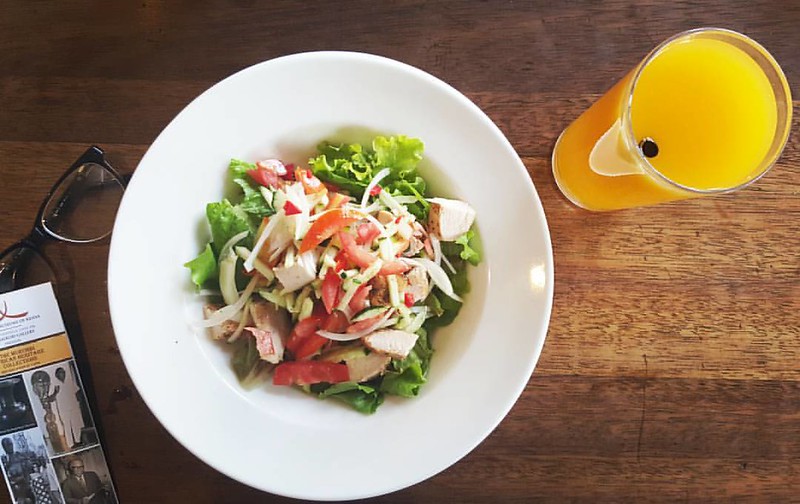
Then I went to Ngara market and saw loads of gorgeous chilies. In Kenya? Wow. I didn’t know they had ’em. There were bird’s eye chilies and other kinds. Really vibrant – I wonder who uses them though because not many places I went to had ‘hot’ food – spiced and tasty, yes but not hot.
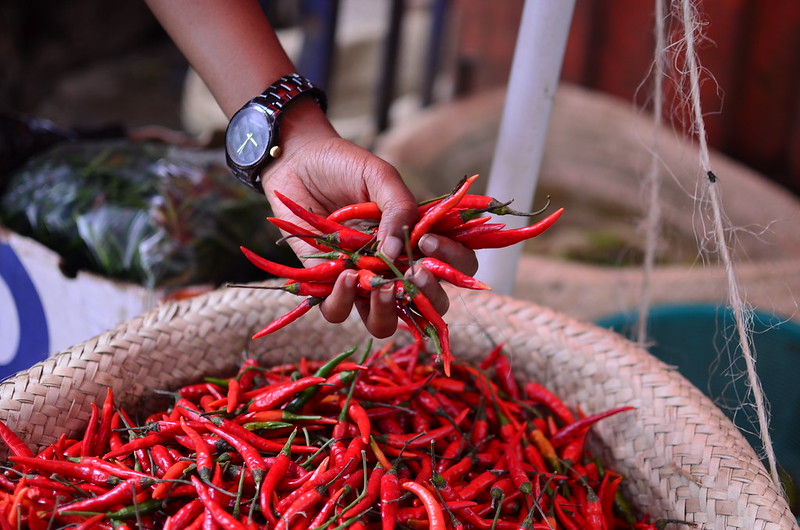
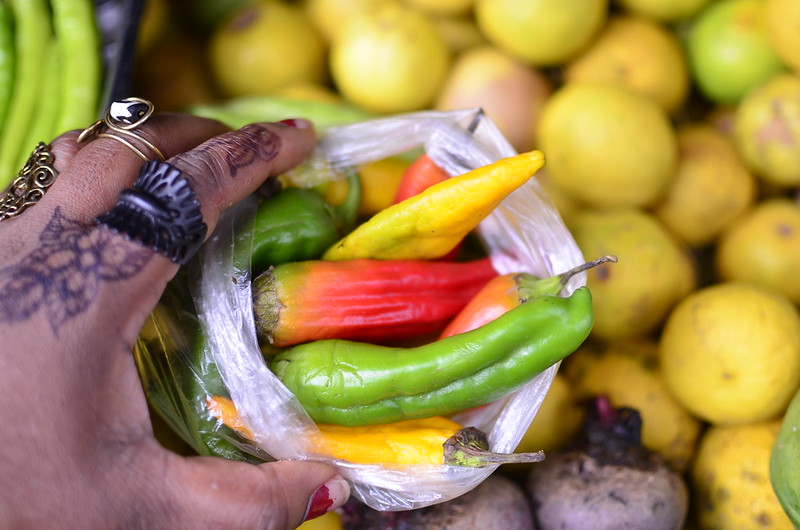
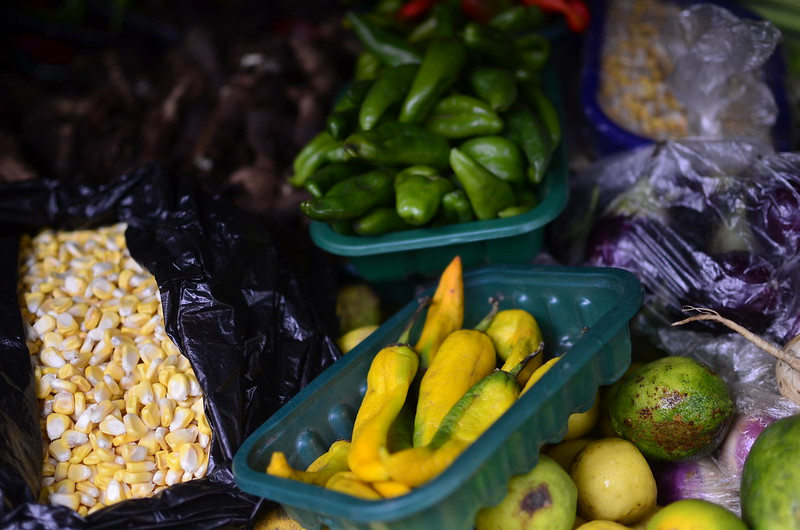
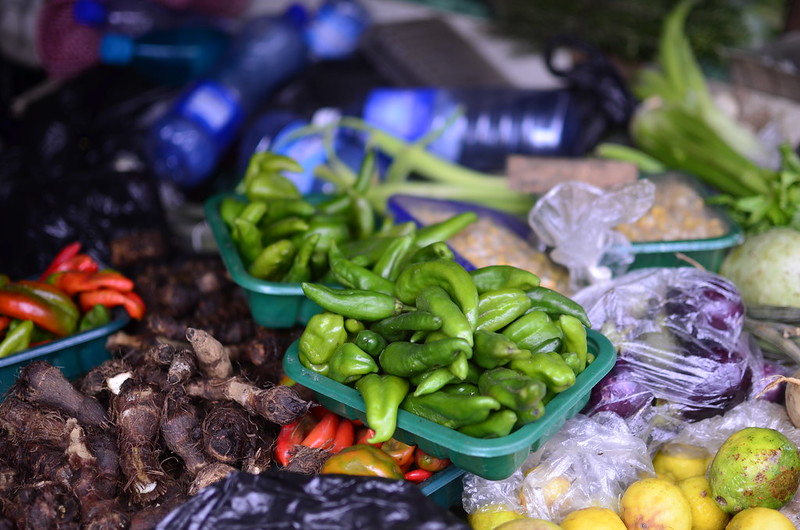
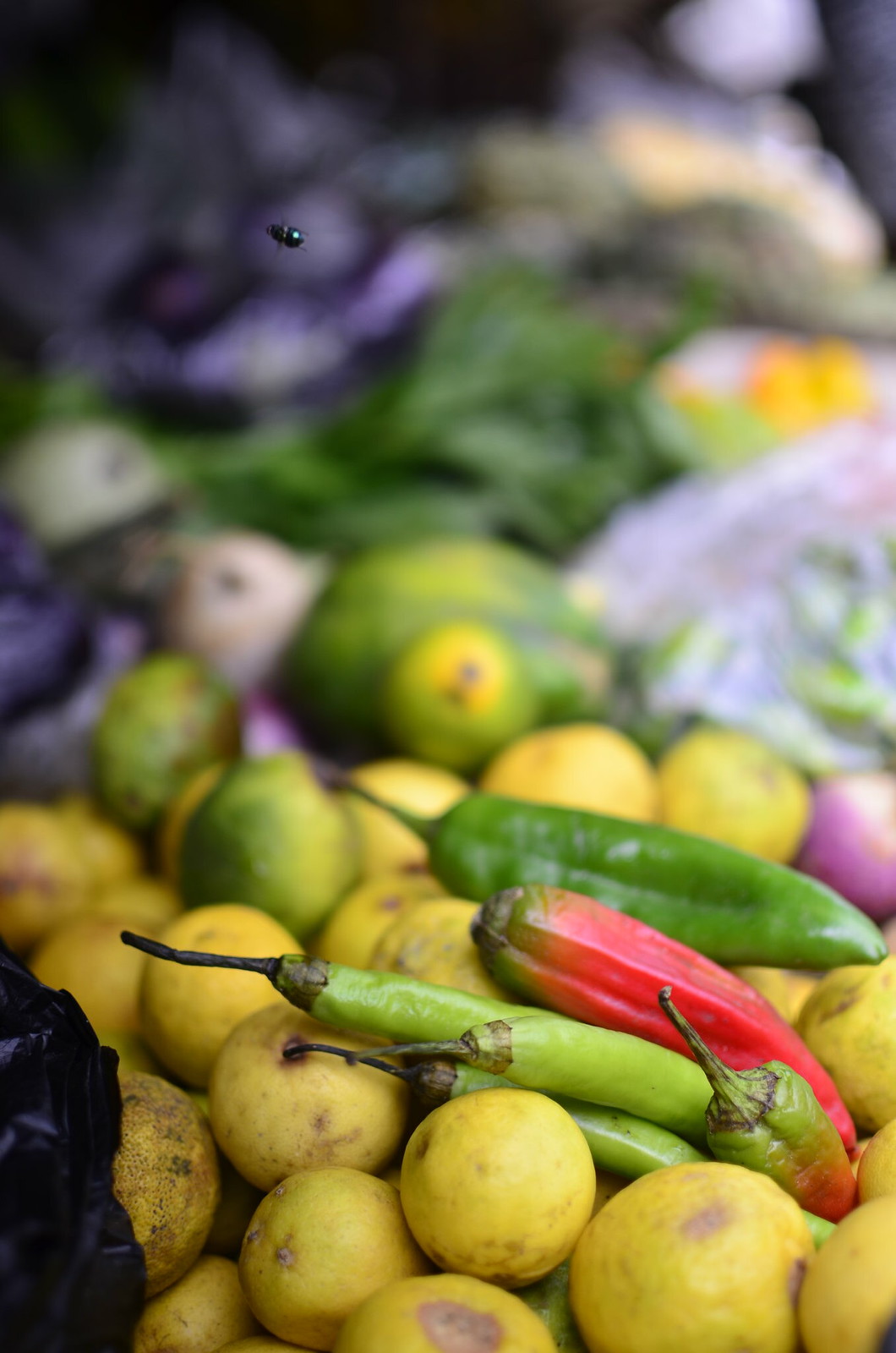
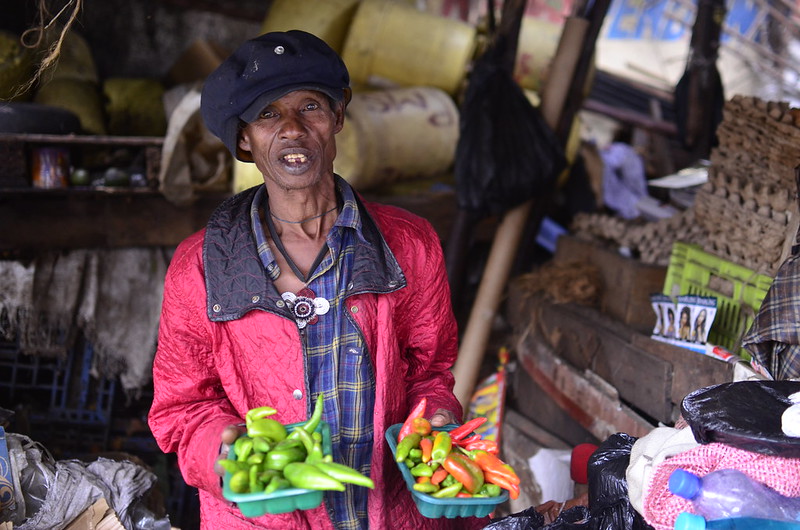
The one thing I found interesting was how a number of Kenyan friends could use a lot of black pepper which I found hot, yet not tolerate chilies. Interesting ehn – I guess spice notes differ and one should not take reports for granted.

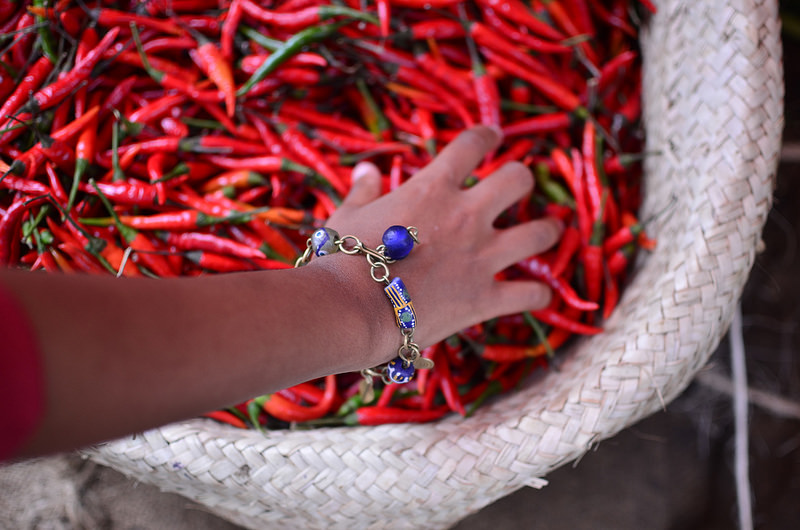
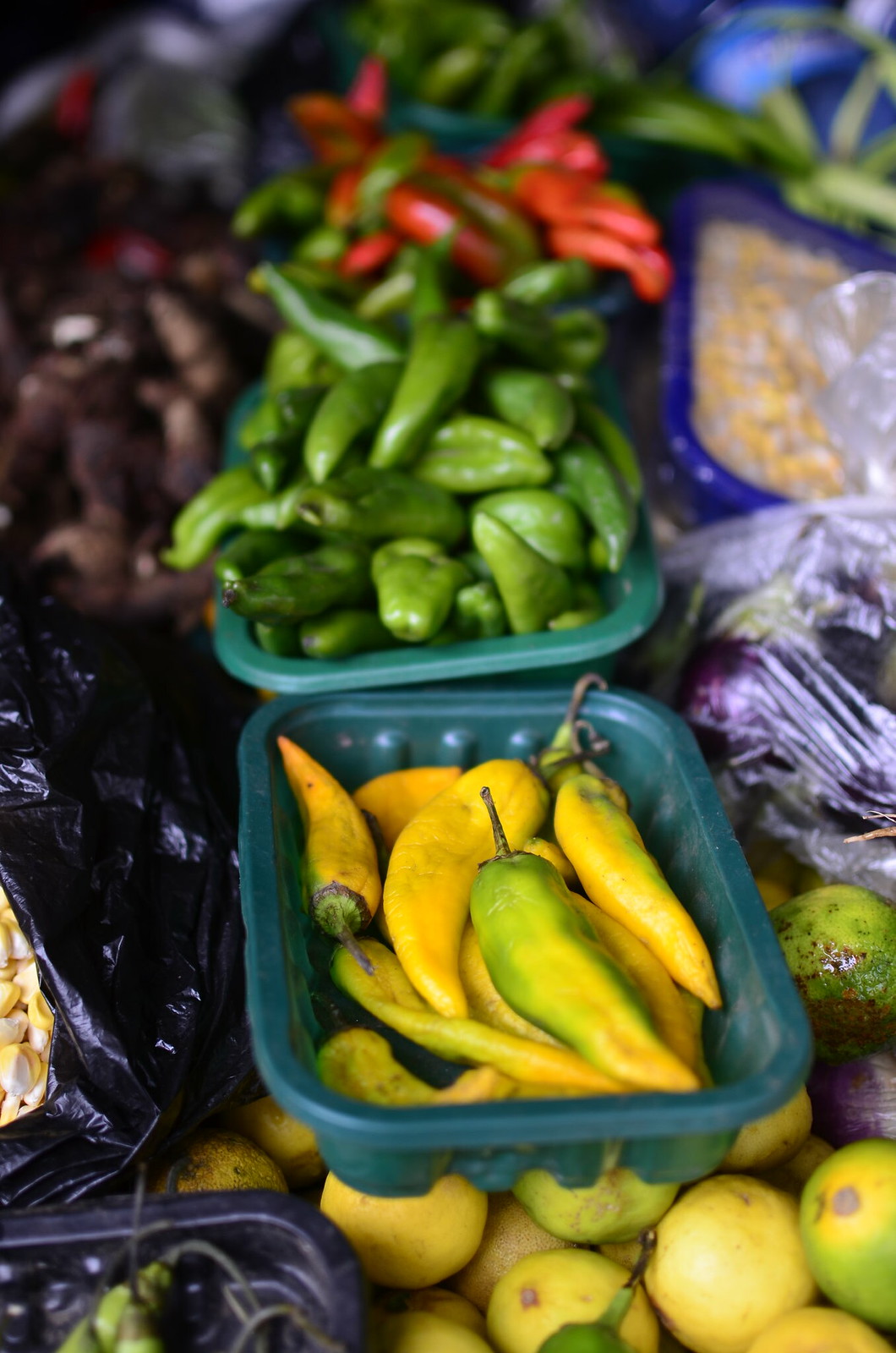
Leave a Reply